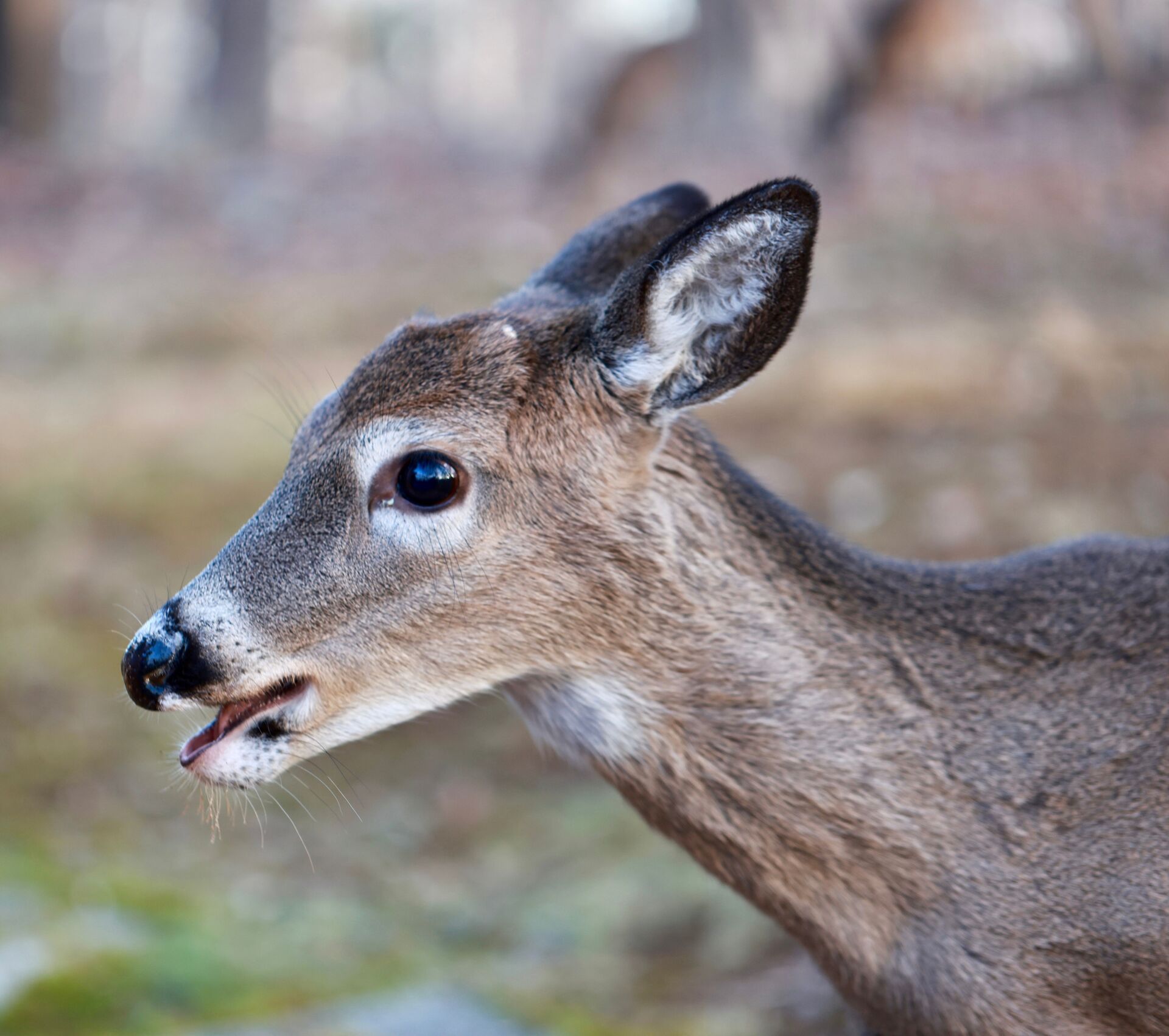Whitetail hunting for me, and I'm sure many of you, is closer to an obsession than a hobby. If you're anything like me, you'll spend all year long preparing for the season.
It might start the day after the season ends when you do a quick winter scouting trip to see what you might have missed from the previous season. You'll continue winter scouting until things start to really green up and the ticks come out in full force. Then, you'll switch gears, get your bow out, and maybe even attend a Total Archery Challenge event. Maybe food plots come next, or traveling to plan for out-of-state hunts you have coming up. We think we have checked all the boxes, then October 1st arrives, and we hit the woods.
For hunters both new to the lifestyle and those who are more veteran, identifying the specific game you're after might be an afterthought. However, this part of the hunt is arguably the most critical detail.
So, today, we talk about one of the most common questions hunters face in the field: is that a doe, or is it a button buck?
Knowing the difference before taking the shot can be crucial! So, keep reading for insights into doe vs button buck and how to tell the difference.

Why Knowing the Difference Matters
A deer is a deer, right? As long as you bring something home, you had a successful hunt.
Not so fast.
You could face hefty fines or hunting bans for harvesting a misidentified animal. Beyond that, you would be dealing with the personal regret of killing a critter that you weren't planning on taking.
Most hunters will think of deer in a binary way: bucks and does. However, it isn't always this simple.
For instance, what about when you're trying to determine if the deer you're watching in your binoculars is a doe or a button buck? It's essential to know the difference, not only for your own goals but also for the regulations we have to follow as hunters.
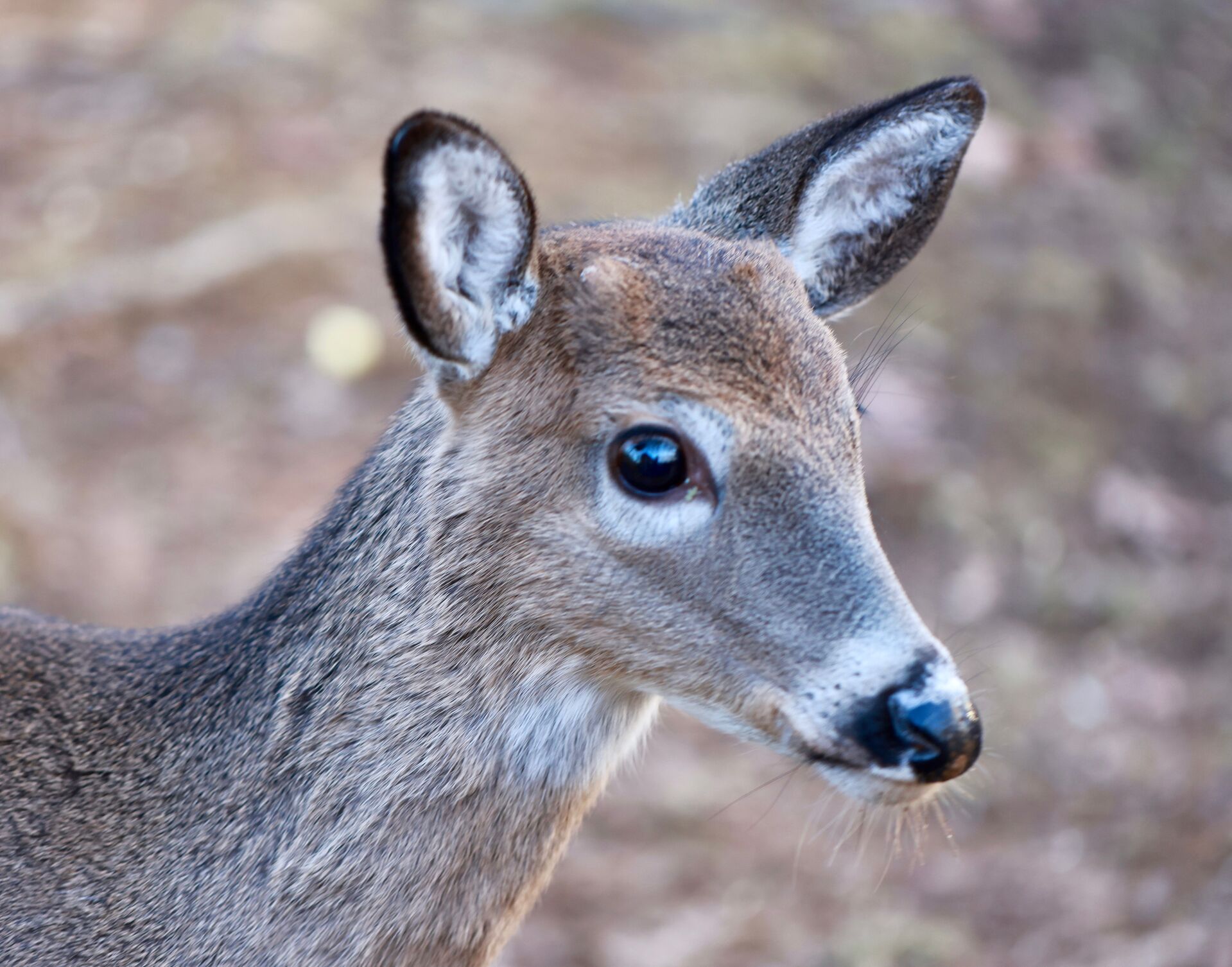
How to Tell the Difference
So how exactly can you decide if the whitetail in front of you is a doe or a button buck? There are a few specific things to pay attention to.
Physical Differences
First, and probably most easy for someone to recognize, are their physical differences.
A mature doe will be much larger than a button buck. This doesn't just mean the size of her torso will be larger; all of her features will be larger.
Her snout will be longer, her legs will be longer, and her chest and body will be larger.
Specifically, if you look at a doe's head compared to a button buck's, you will notice that she has an elongated face and more slender features; she will also be absent the sometimes hard-to-spot antler buds that give a button buck his name.
Conversely, the button buck will have a shorter, more round head, with visible antler buds protruding between his ears.
Like a Puppy
I like to think of this the same way I think about the progression in size of most species we're familiar with. Take dogs for example. When a puppy is young, say twelve weeks old, they're basically a ball of wrinkles and love.
As they grow, their features elongate and become more pronounced. Their frames appear fuller, and they lose that ball shape that makes puppies so cute.
Deer are the same; they grow, and their features stretch.
So, if you don't immediately spot the antler buds of a button buck, it's a good practice to take the time to observe their features closely, especially when comparing them side by side with an adult doe.
Observe Their Behavior
The deer's behavior is the next thing I like to pay attention to when determining if a deer is a button buck or a doe.
Does will be more cautious of their environment, especially when traveling with fawns. Their movements will be slower and more calculated.
We all remember our moms teaching us to look both ways when we crossed the street or telling us not to talk to strangers. Does behave in the same manner. They're constantly looking for danger, both for their protection and for teaching their young how to survive in the woods.
A button buck, on the other hand, will be much more carefree. They'll wander and play, seemingly without a care in the world at times. Of course, they're still wild deer with the innate skills needed to survive, so they won't ignore their senses completely – but they will be more likely to act like nothing is dangerous until they know for sure something is.
Just this spring, my dad watched a couple of button bucks chasing each other in a field that held some standing water. They would run through the puddles and prance around, splashing each other with the muddy water just like you'd see two toddlers doing.
Button Bucks Are Curious
In addition to being less cautious, a button buck will also be more curious. They haven't seen or learned as much as an adult doe, so they're trying to explore and take it all in.
I've been in a tree stand before and had several adult does hit my walking path and blow out, understanding that there's' a human close so it's time for her to move on. However, I once had a button buck hit my walking path and follow that scent right to my tree, just to see what the heck I was.
He stood at the base of my tree, sniffing my climbing sticks and staring at me for a little bit before he simply walked off, undisturbed by the weird mass of camo and ropes he saw in the tree.
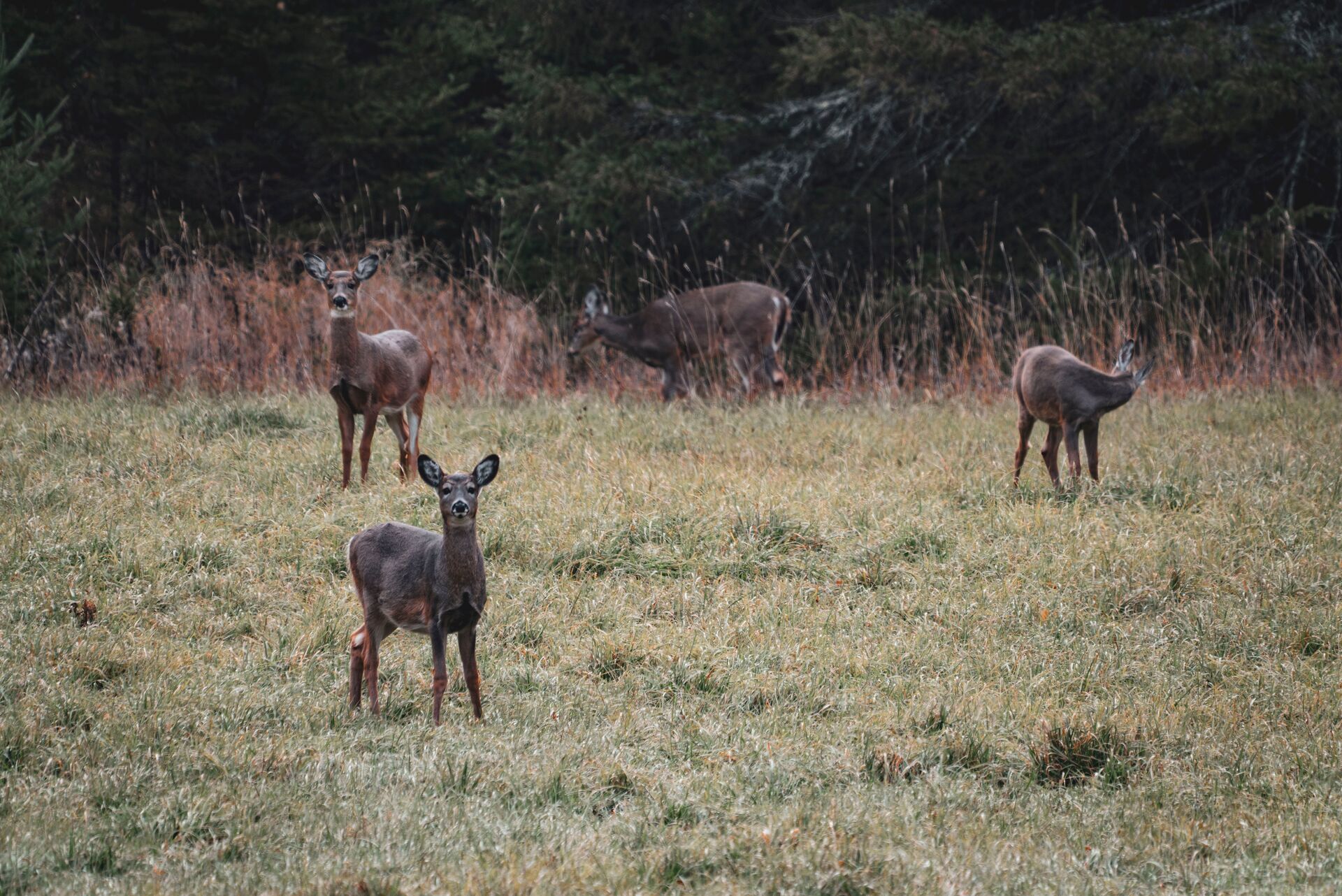
Watch How They Interact With Other Deer
Another thing to consider when deciphering whether a deer is a button buck or a doe is how that deer interacts with other deer in the herd.
Bucks, especially button bucks, spend much of the year in small groups with each other. These groups, often referred to as "bachelor groups," will break up as their breeding season, or rut, draws closer. Often, if you see what you think is a small doe hanging out with a couple of other bucks, there's a good chance that deer is not a doe but actually a button buck.
On the opposite side of that point, does also often travel in groups. Usually, doe groups will stick together for an even larger portion of the year. They will usually only branch off of the group when they are with a buck for the specific purpose of reproduction.
Once that act is complete, they will return to the group of does. In the same way, you can usually assume that a smaller, seemingly antlerless deer is a button buck when other bucks are with it; you can also assume that a deer with that same appearance would be a doe when surrounded by other does.
A Button Buck's Appearance Changes
Another thing to remember is how button bucks change their appearance over the calendar year.
As their antler buds grow in velvet in the spring and summer, they are very easy to spot. The tops of their heads will have two fuzzy lumps growing, making them visibly distinct from the rest of their hides.
In the fall and winter, as their buds lose their velvet, they will remain distinguishable. As their bodies grow slightly and they begin to enter what some call a "practice run," referring to the first year they start to experience physiological changes in the fall, their antler buttons will be visible as small round objects on the tops of their heads. They will not have the same fuzzy appearance they did in the spring but a shiny, more familiar antler look.
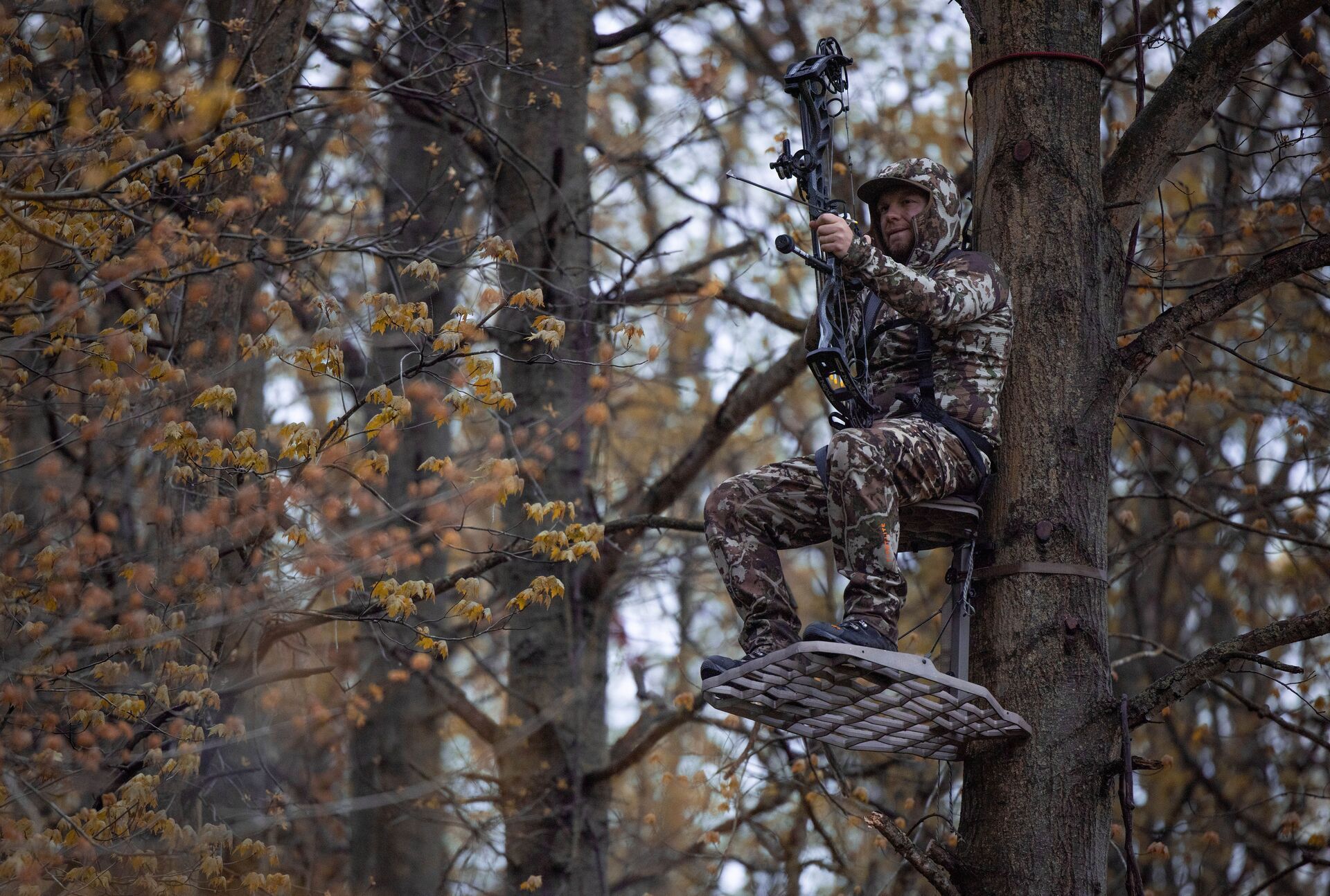
How to Be Sure Before Taking Your Shot
Now that we've talked about the differences between adult does and button bucks, let's think about the best practices in the field to decide what type of deer is entering a shooting lane.
Of course, this is a matter of observation in the field, but there are specific tools that can make that observation more efficient.
If you've guessed that I'm talking about binoculars or other forms of magnification, like rifle scopes or spotting scopes, you'd be correct.
When Bowhunting
First, let's look at a bow hunter and the tools they'll have in the field. I've heard it argued before that you don't need binoculars for most whitetail bowhunting.
I strongly disagree.
I take a chest rig with binoculars in the field every time I hunt, and the binoculars are used frequently. Sure, there are times when I'm just glancing at birds in the distance or double-checking what I know is a stump for the third time. However, any time I see a deer, unless it's directly under my stand, I grab the binoculars to see what I'm looking at.
I do this to help identify the deer I might have an opportunity on as quickly as possible. Then, when the deer is closer, I double-check that I was right about what I saw through the binoculars. If I was, I take the shot.
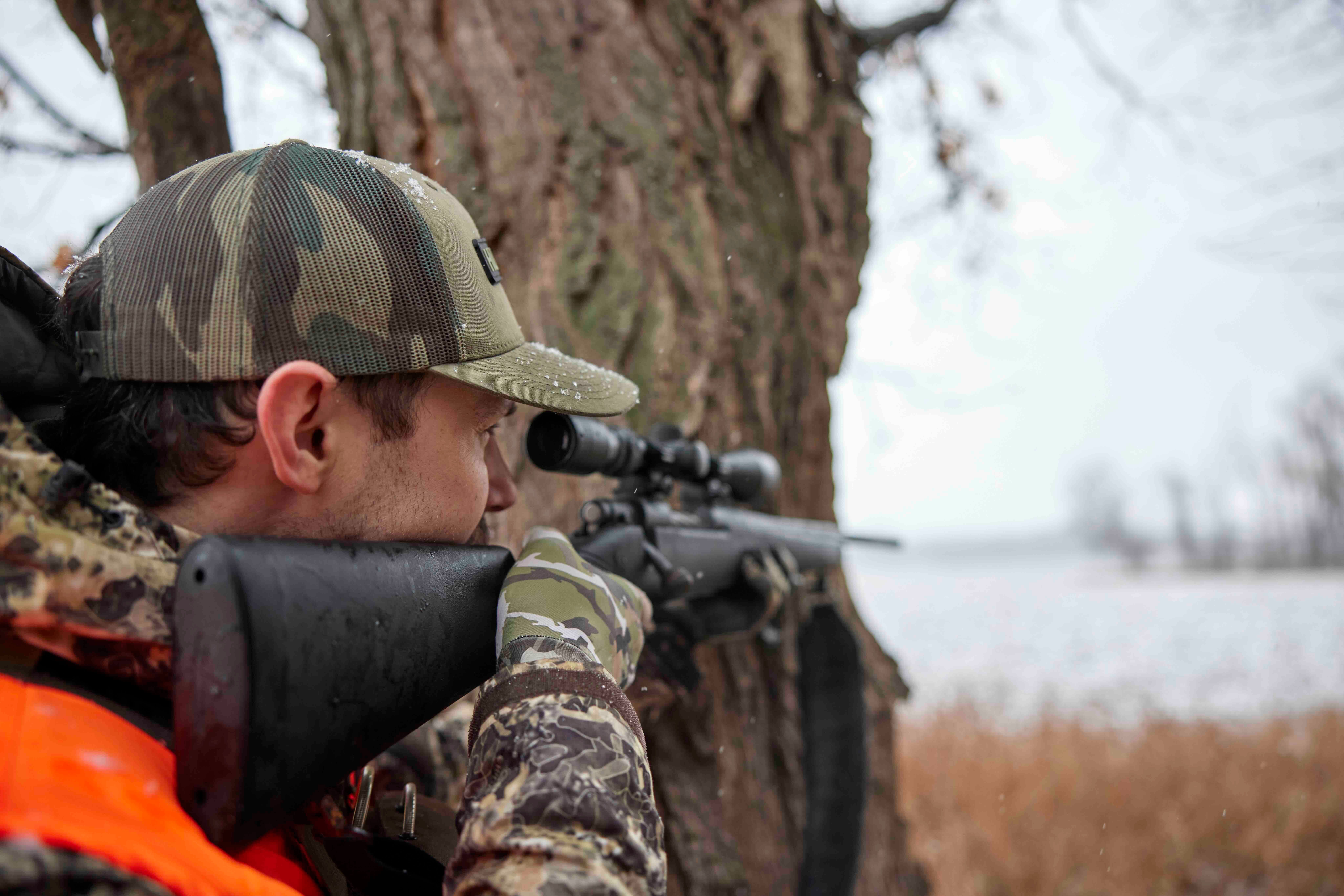
When Hunting With a Rifle
Now, let's take the rifle hunter as an example.
Most will carry binoculars and a scoped rifle into the field with them. In this instance, I like to first check the deer with my binoculars for the signs I've mentioned above to determine if they're a doe or a button buck. If, after checking with the binoculars, I've decided that it's an animal I'd like to harvest, I'll pull up my rifle.
Then, I will go through the same checklist again and make certain that I've identified the deer correctly before pulling the trigger.
Scouting is Crucial
Finally, I'd be remiss if I didn't mention scouting. In the offseason, specifically in the spring and summer, I like to glass fields with a spotting scope to look for deer.
Usually, I do this to look for a buck I'd like to target in the fall or to take an inventory of the deer herd in the area. But I also like to do this to practice identifying the deer I see.
It's great practice to look at all the deer and determine exactly what they are. I've done this for a few years to help me get more familiar with whether a deer is an adult doe or a button buck.
Check Local Regulations
Remember: Deer identification goes beyond your own goals as a hunter. It's also essential for the legalities surrounding the harvest of specific animals.
Some states determine that button bucks fall under the antlerless tag allocation, whereas other states legally define them as bucks and, therefore, require a different tag.
Not only is it important to make sure that you have the proper tag in your pocket for each type of deer, antlered or antlerless, but it's also important to make sure that the deer in front of you is the deer you want to wrap a specific tag around.

Doe vs Button Buck: Know Your Deer and Scout with HuntWise
This year, take the time to learn how to identify deer. Practice through the summer with binoculars and spotting scopes, then as the season begins and progresses, continue to practice from the tree stand or blind.
Use HuntWise to double-check your area regulations. Study them before you enter the woods, and have a plan for what type of animal you'd like to harvest. Not only will proper identification ensure that you don't break any laws, but it will also help you achieve your own goals as a hunter.
Many of us consider scouting and shooting the best ways to ensure success, but identification is equally important.
If you don't have HuntWise yet, now is the time to get it and prepare for deer season! After downloading, explore every feature in the app free for a week.
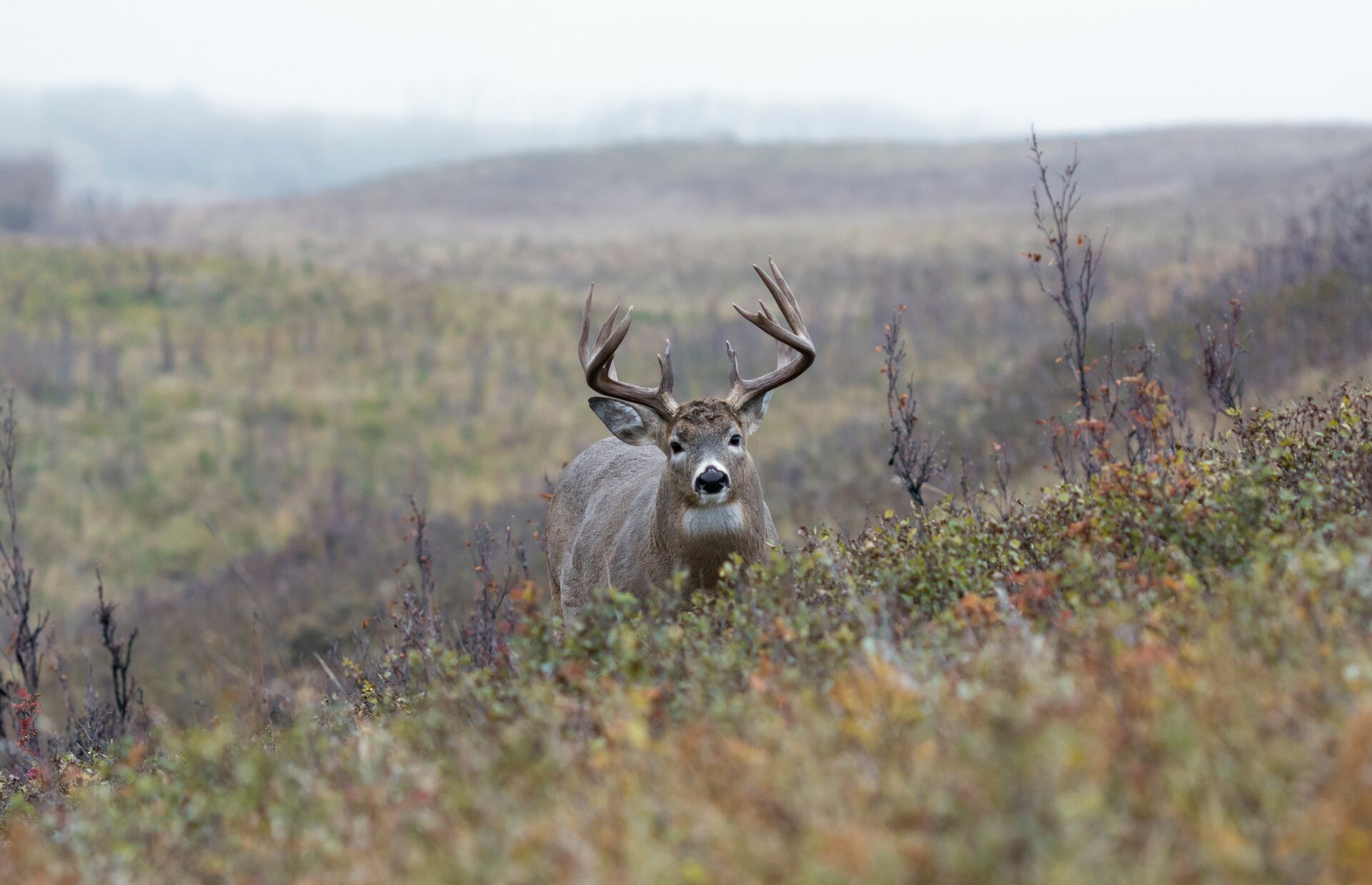
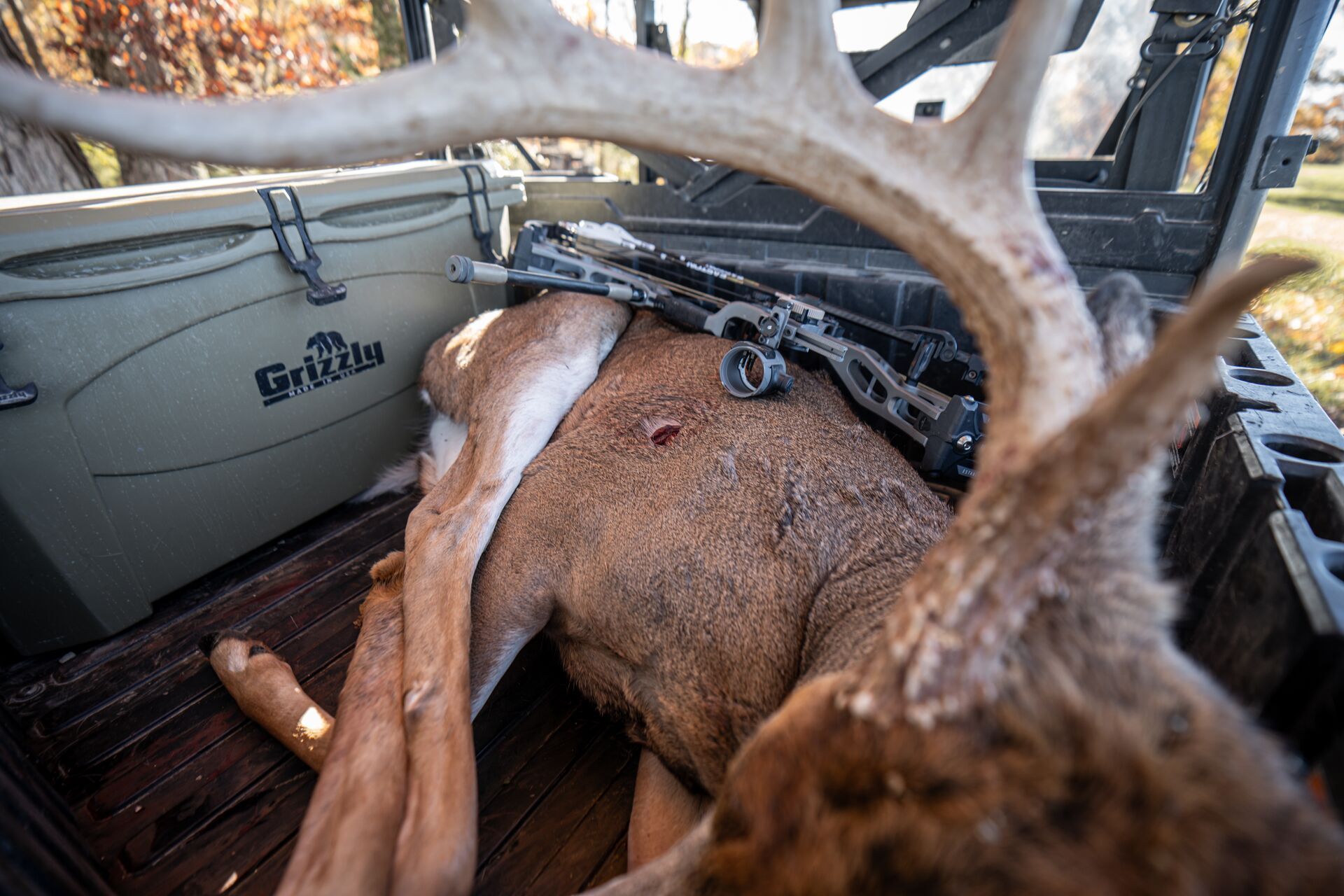
 Deer
Deer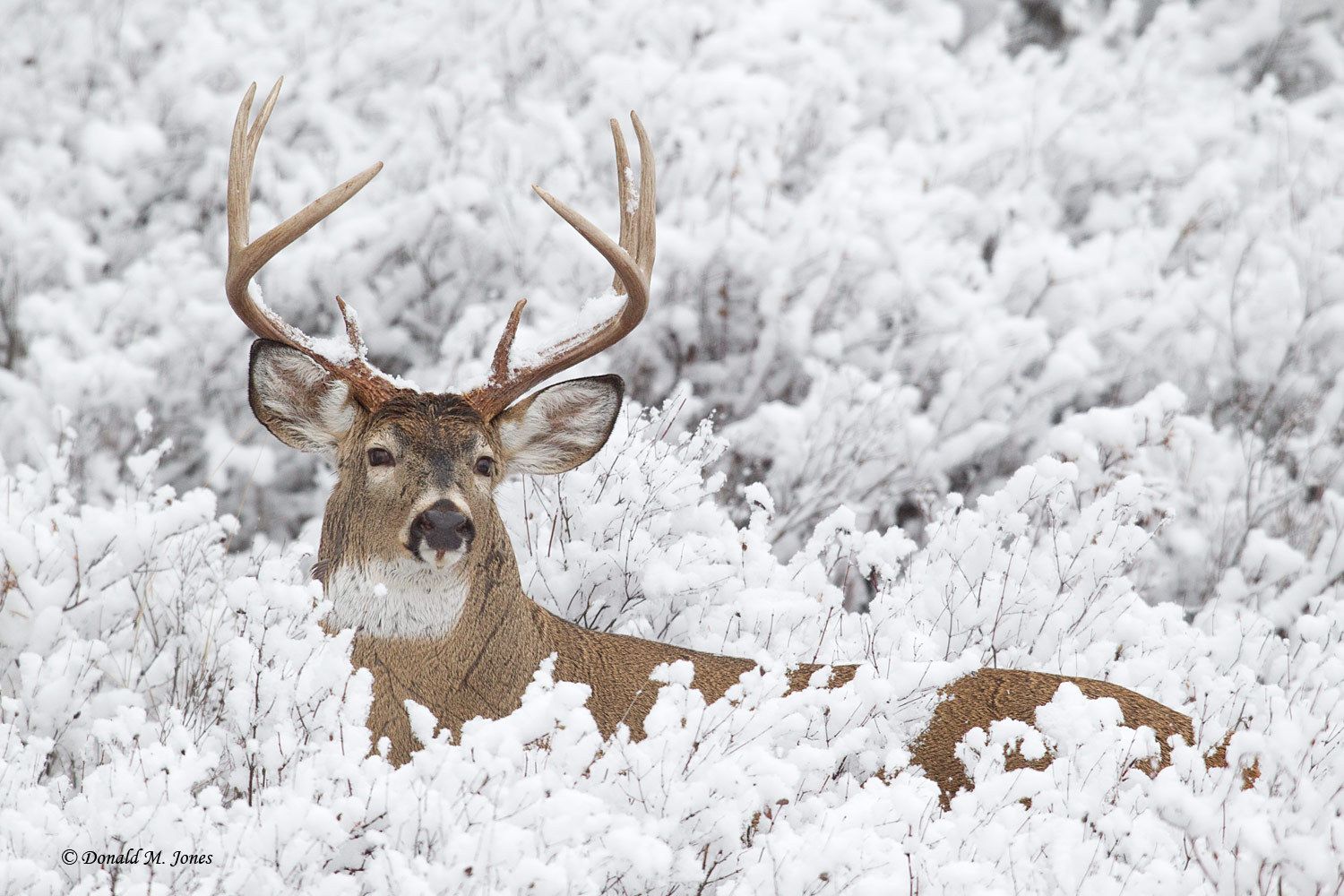 Deer
Deer Deer
Deer